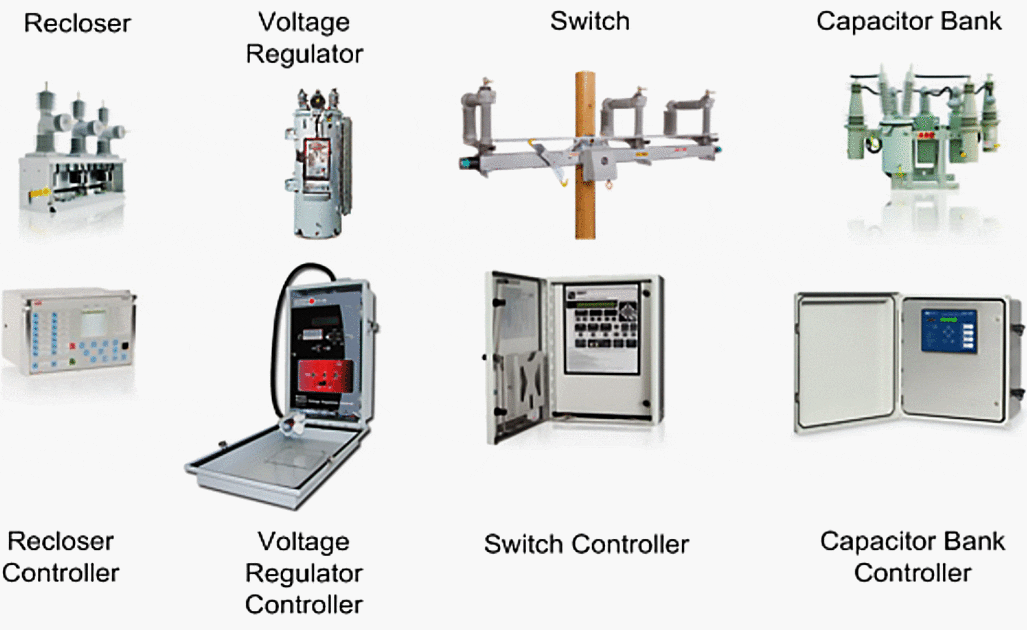Introduction
Power distribution equipment Power distribution equipment being the backbone of any electrical grid ensures quality and fast delivery of electricity from generation stations to the end users. Bottom-line: A detailed evaluation of these types of devices can assist in understanding the functions in addition to performance optimization. In this article we will talk about power distribution equipment from transformer and switchgear to conductors and automation systems.
Transformers
More specifically, transformers are used to lower the high transmission line voltages to be distributed among our consumers and used safely. Distribution transformers — used to reduce voltages in a localized area, Power transformers — typically used for large capacity applications, Dry-type transformers — utilize a dielectric liquid instead of oil, and Oil-immersed transformers — generally used for high-efficiency and cooling characterization.
Switchgear
According to section 3 types, switch gear is a combination of electrical disconnect switches, fuses and circuit breakers used to control, protect and isolate electrical equipment. This may be indoor switchgear, outdoor switchgear, metal clad switchgear etc airInsulation switch cabinet.Indoor switchgear is used in an enclosed building. Outdoor switchgear are those which have to withstand outdoor conditions. These categories serve specific uses and operational functions and their importance provides balance to the distribution network.
Circuit Breakers
Circuit breakers protect the grid from damage during overload or short circuit problems. What they will do is they will break the flow of electricity, preventing further damage whenever it is required. These include: oil circuit breaker (uses oil as quenching medium), air circuit breaker (uses air for interruption), vacuum circuit breaker (best for its low maintenance), and SF6 circuit breaker (uses sulphur hexafluoride gas for insulation and interruption).
Fuses
Fuses are another protective equipment used in distribution networks by which it prevents any damage due to over current conditions. Types are Several with - Cartridge fuses applicable to general-purpose applications, Bolted fuses applicable in high interrupting capacity, and HRC fuses offered for resisting high rupture current. Fuses are properly rated and coordinated with protecting equipment and circuit.
Conductors and Cables
This is serials of electricity circuits where the transmission of the electricity flows through conductors and wires. They are used both in overhead and underground, constructed from copper and aluminum due to its low resistivity; it can be installed overhead ACSR (Aluminum Conductor Steel Reinforced) for rigidity and conductivity, or use XLPE-insulated cables for moisture resistance and long term isolation. Conductor or cable selection depends on distribution load, environment, and cost parameters.
Pole and Tower Structures
Poles and towers anchor distribution hardware, including transformers and conductors. Examples include poles made of wood for their natural insulators, concrete poles for their strength and durability, steel girders for their reliability, and lattice or mono-pole tower which support structural loads. Factors such as load, environmental resistance, and appearance are considered in design.
Metering Equipment
Some basic task metering tools are used to know how much electrical energy the end-users are consumed. Static meters and dynamic meters, smart meters if they fall into the category of static meter for raw purpose of measurement, dynamic meter in detail and smart meter for automatic) Metering technologies have evolved to incorporate advanced data management and analysis, providing utilities with insight on how customers use energy.
Protective Relays
Protective relays detect reaction of the power system and operate circuit breakers in order to disconnect substations and preserve integrity of the system. This includes over current relay or Over Current Relay, distance relay Or Fault relay, differential relay Or Internal Fault Relay, ground relay Or Ground Fault Relay Sixth, relay settings are key to coordinate protection schemes which in turn selectively clear the faults.
Automation Instrument and Control System
Distribution systems are evolving due to the introduction of automation and control equipment. RTUs (collect the field data) and DAC (as a controller for the distribution network). They are also referred to as Intelligent Electronic Devices (IEDs) with extremely advanced metering and protection functions. These types of systems, which enable efficient and responsive operation of the distribution grid, are critical for smart grid consulting.
Conclusion
Knowledge of various power distribution equipment types is helpful in developing, operating, and maintaining efficient electrical grids. From transformers to switchgear, conductors to automation systems, every one plays an integral role in helping deliver electricity in an efficient and reliable manner. As technology is powerfully spreading distribution its cores far and wide, the portion to answer to the dilemma of an increasingly digital market force grid is on; welcome to the revolution of distribution podia.




